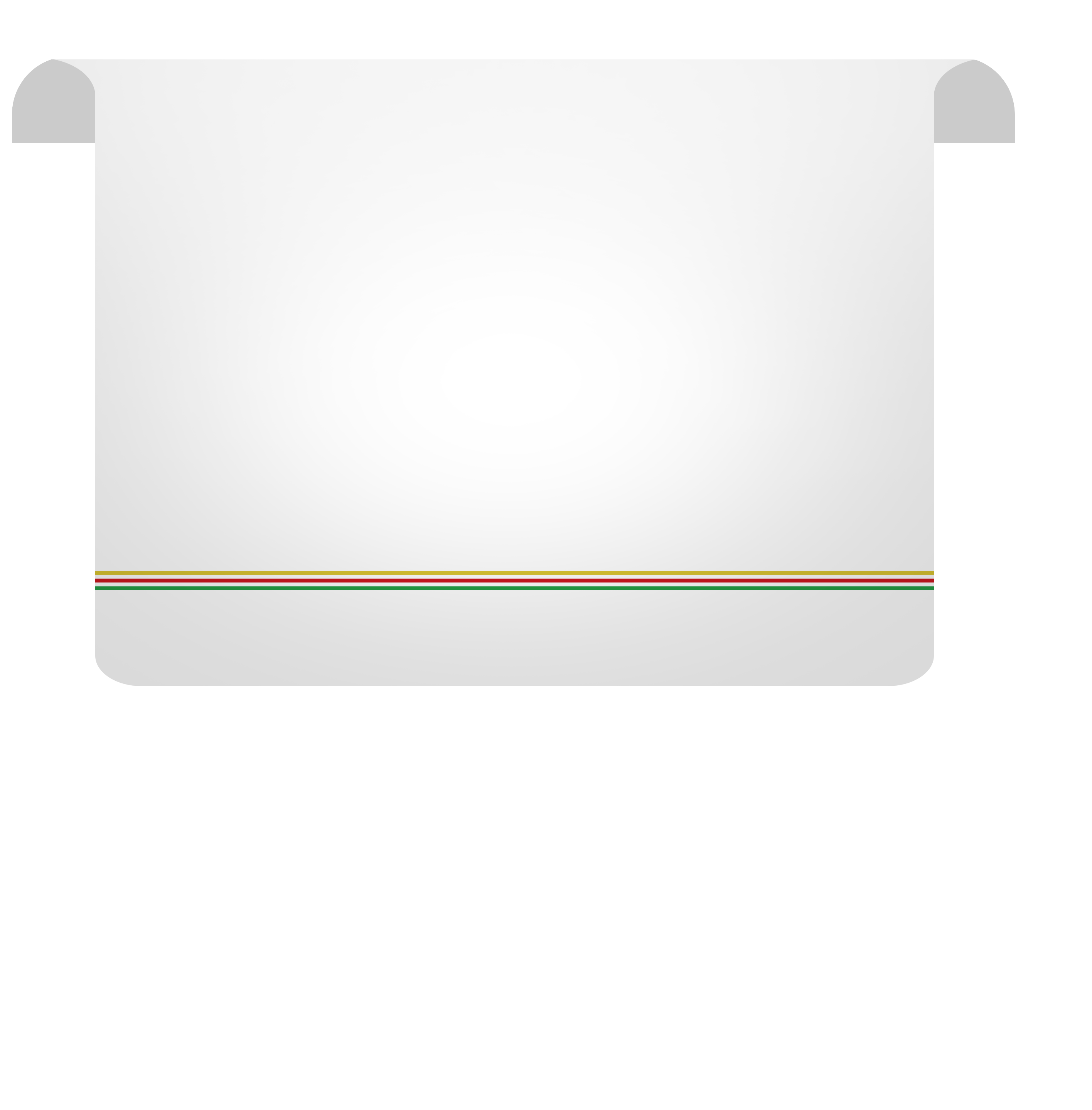These are optimal mixing solutions for tanks, vessels and basins up to 1500 m3 with a single agitator. This is developed for double-track method of handling all mixing tasks: one hand a range of standardized mixers, on the other hand custom-cut configurations in order to cover a broad range of volumes, applications and industries.
Up to 180 m3 standard agitators that have been designed to fulfil common and recurring processes, originally within Industrial and Municipal Waste Water Industries, but now also for a large number of applications in other industries. These agitators are available in different materials of construction according to the products to be mixed and the environmental conditions: carbon steel, stainless steel, as well as different lining options (Polypropylene, Abcite, Halar (ECTFE) / PTFE, Ebonite, etc.).
From 180 m3 up to 1500 m3 to fulfil every kind of applications in Water Treatment Industries as well as a large number of applications in other industries . It consists of a range of standardized agitators able to fit tanks and basins with volumes from 180 m3 up to 1500 m3 with a single mixer. This covers an extensive range of sizes (the shaft can be up to 6 m in one piece, while the impeller diameter can reach 4 m) as well as motor powers (up to 45 kW).
